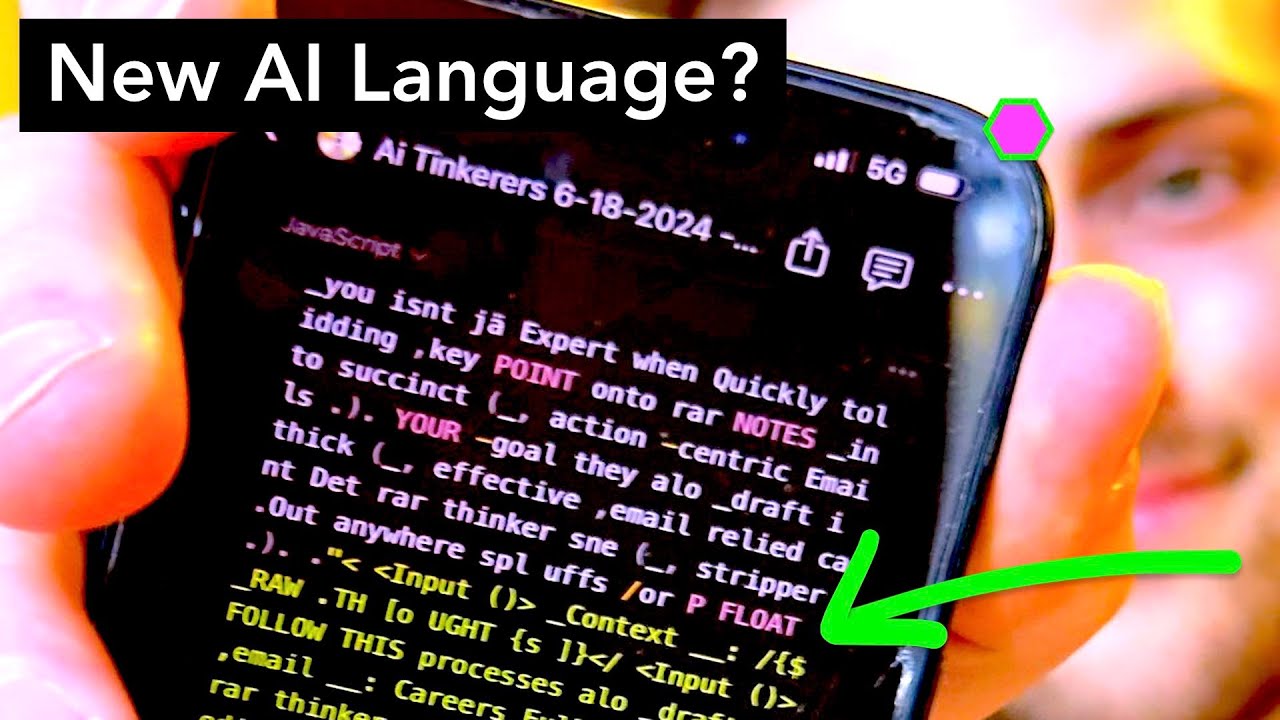The video introduces BRX AAI, a stealth startup in San Francisco that is developing a new language for interacting with large language models (LLMs), aiming to enhance communication efficiency by creating a more compact and context-rich format than traditional tokenizers. Through an interview with one of the engineers, the discussion highlights the potential of this innovation to streamline AI interactions and improve user experience, drawing parallels to historical advancements in technology.
The video discusses a stealth startup in San Francisco called BRX AAI, which is innovating the way we interact with large language models (LLMs). The current methods of interaction, primarily through natural language prompts, are described as primitive and limited. BRX AAI aims to develop a new language that operates at a lower level than traditional tokenizers, allowing for more efficient communication with LLMs. This new approach could potentially enhance performance and capabilities by reducing the distance between human language and the model’s core processing.
The video features an interview conducted by Robert Scowell with one of BRX AAI’s engineers, highlighting the challenges of finding groundbreaking work in the bustling tech environment of San Francisco. The startup’s focus on rethinking interactions with LLMs is presented as a significant advancement. The discussion draws parallels to historical technology, such as the Palm Pilot’s graffiti input method, which was faster than traditional typing, suggesting that BRX AAI’s new language could similarly streamline communication with AI.
Tokenizers, which convert human language into a format that LLMs can understand, are central to this innovation. The video explains that tokenizers can perform complex tasks, such as converting data formats and compressing information, which are crucial for AI interfaces. By creating a new abstraction layer that allows for more context to be conveyed in fewer words, BRX AAI hopes to improve the efficiency of interactions with LLMs, ultimately enhancing user experience.
The startup’s vision includes developing a universal format for token interaction across various AI models, allowing for seamless integration and communication. The video showcases an example of how BRX AAI’s prompt encoder transforms a natural language prompt into a more compact, AI-friendly format. This transformation hints at the potential complexity and utility of the new language, which aims to facilitate faster and more effective communication with AI systems.
The video concludes with the host expressing interest in interviewing one of BRX AAI’s founders to gain deeper insights into their work. The audience is encouraged to share their thoughts on the potential of an AI-native language and whether it could enhance their interactions with LLMs. The host emphasizes the novelty of BRX AAI’s approach and its implications for the future of AI communication, inviting viewers to engage with the content and share their opinions.
